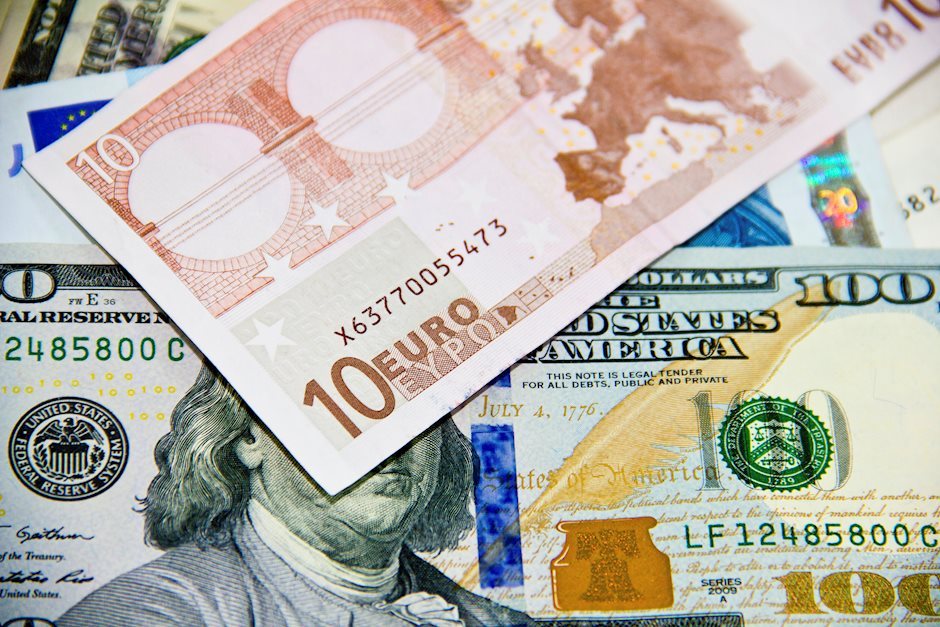EUR/USD Forecast: Back below 1.0600 as rally evaporates
- US data shows persistent tightness in the labor market; Treasury yields take note.
- Eurozone inflation data confirms the expected, Euro’s momentum eases.
- EUR/USD gives up Wednesday’s gains, a negative sign.

The EUR/USD gave up all of Wednesday’s gains, falling under 1.0600 during the American session on the back of a stronger US Dollar. The DXY rose by more than 0.70%, boosted by higher US yields. Economic data from the US showed a decline in Initial Jobless Claims to 190K and an upward revision in Q4 Unit Labor Costs from 1.6% to 3.2%, reflecting a tight job market. US economic numbers helped the Dollar continue with its intraday positive trend and sent the 10-year US bond yield further above 4% to the highest since November. Yields also rose across the Atlantic.
Inflation in the Eurozone eased slightly in February from 8.6% to 8.5% YoY, but the core rate rose from 5.3% to 5.6%. Underlying inflation holds firm, cementing expectations of another 50 basis points rate hike at the March 16 European Central Bank (ECB) meeting. The Euro remained steady after the higher-than-expected numbers, which were in line with the country data released earlier. ECB minutes offered no new information. Members agreed that more rate hikes were required to enter restrictive territory.
On Friday, S&P Global will release the final reading of the Service PMI for Europe and the US. More service sector data is due in the US with the ISM figures. Beyond the headline, the Prices Paid and Employment indicators could be relevant for immediate reaction. Fed talk includes Lorie Logan (Dallas), Raphael Bostic (Atlanta) and Michelle Bowman (Governor).
EUR/USD short-term technical outlook
Wednesday’s rally was capped by the bearish 20-day Simple Moving Average (SMA) that stands at 1.0670. The Euro has fallen over a hundred pips from the 1.0690 peak (March 1), erasing most of the weekly gains. Technical indicators in the daily chart are modestly biased to the downside, offering no clear signs. The failure to rise above 1.0700 suggests the pair could continue to move around 1.0600.
The 4-hour chart shows the EUR/USD is tilted modestly to the downside, but the bearish momentum remains limited as long as it stays above 1.0560. A break lower would expose the 1.0530 support area. Ahead of the Asian session, the bias favors the downside. Above the 20 SMA and 1.0620, the outlook for the Euro would improve.
Support levels: 1.0570 1.0530 1.0490
Resistance levels: 1.0625 1.0650 1.0700
Premium
You have reached your limit of 3 free articles for this month.
Start your subscription and get access to all our original articles.
Author

Matías Salord
FXStreet
Matías started in financial markets in 2008, after graduating in Economics. He was trained in chart analysis and then became an educator. He also studied Journalism. He started writing analyses for specialized websites before joining FXStreet.
-638133823387347333.png&w=1536&q=95)

















